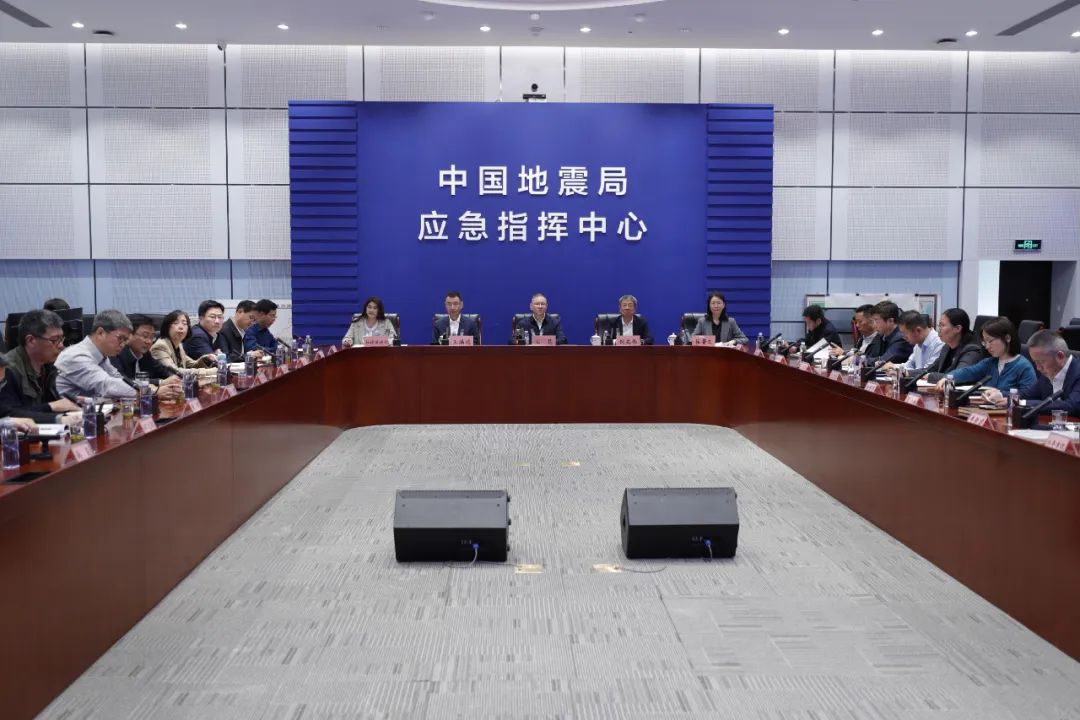Decades on, devotion of Chinese experts still commemorated in Tanzania
Tucked in the lush greenery of the western suburbs of Tanzania's largest city Dar es Salaam, the Chinese Experts Cemetery houses the graves of 70 Chinese experts, technicians and workers, who lost their lives while assisting Tanzania in its national construction.
Forty-seven died while building the Tanzania-Zambia Railway. In the 1970s, some 50,000 Chinese joined the Tanzanian and Zambian people in its construction.
Facing challenges including food shortages, hot weather, diseases, and lack of medicines, the Chinese engineers and technicians worked side by side with their African brothers and sisters in the African continent.
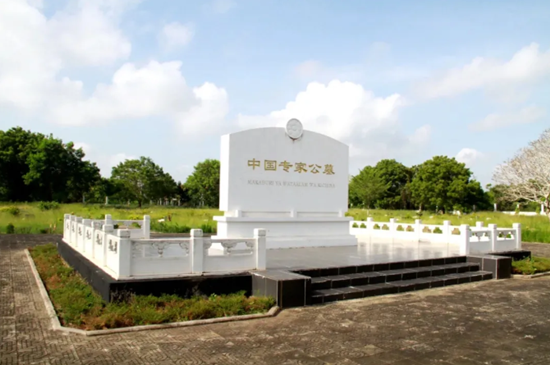
The cemetery of Chinese experts in Dar es Salaam, Tanzania on May 21, 2021 [Photo/Xinhua]
Hailed as the Freedom Railway, the Tanzania-Zambia Railway was constructed as a turnkey project between 1970 and 1975 through an interest-free loan from China.
With commercial operations starting in July 1976, the railway covers 1,860 kilometers from Dar es Salaam in Tanzania to Kapiri Mposhi in Zambia.
"These graves always remind me of my friends who devoted their lives to us," 69-year-old Juma Khalfan Said told Xinhua.
"These graves are a memory that will last forever because these people were supposed to be buried in their country but they were rested here because they chose to help us in the construction," said Said, who worked at the railway for over 30 years.
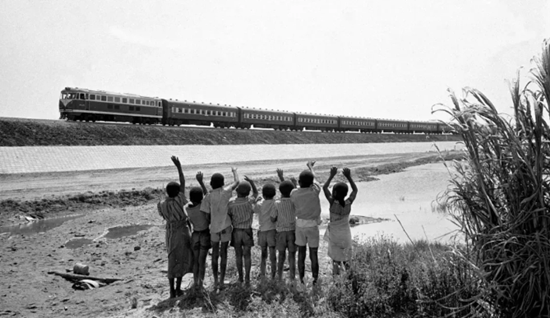
The photo taken in 1976 shows children and teenagers on the bank of a lake in Zambia welcoming a train of the Tanzania-Zambia Railway to their hometown. [Photo/Xinhua]
In 1972, Said was selected to study in China and majored in railway management. He was assigned to work at the Dar es Salaam Station after completion of his study in Beijing in 1975.
Recalling the times of building the Tanzania-Zambia Railway, Said said working in the wilderness entails wild animals and accidents. "The danger is everywhere. When wading through the river, you may be attacked by crocodiles. And rocks fall during construction of tunnels," he added.
"Our Chinese friends never gave up. They told me they would finish the construction no matter what happened and they made it," Said told Xinhua.
Said has visited the cemetery every year since his retirement in 2007. "They were far away from their country and relatives, and were not able to be buried in their homeland. I feel I'm obliged to visit them," he said.
"In the 1970s, I worked at Dar es Salaam station with the Chinese experts rendering technical assistance and cooperation here and they were so meticulous when they taught me how to plan routing and scheduling," Said said, adding that the memory of those years still lingers on.
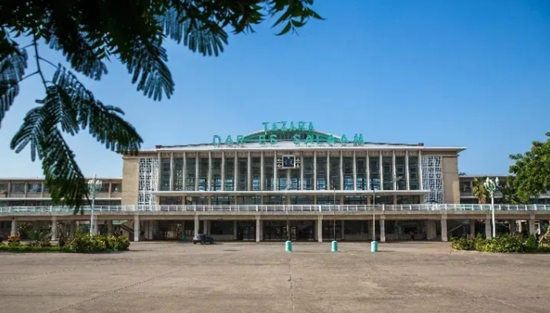
The Dares Salaam station of the Tanzania-Zambia Railway on Feb 14, 2019 [Photo/Xinhua]
"What they taught me benefitted me for my whole working career," he said.
The Tanzania-Zambia railway not only greatly improved the transportation in the two countries, but also provided an affordable and reliable way of transportation for the public, he said.
Today, some old photos and objects left behind during the construction of the railway are still preserved in one of the bases of CCECC East Africa Limited.
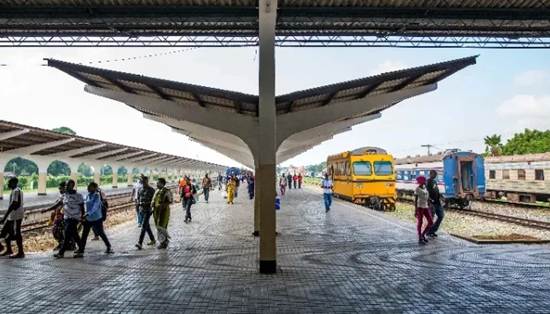
Passengers leave the station one by one after the arrival of the train at the Dares Salaam station of the Tanzania-Zambia Railway on Feb 14, 2019. [Photo/Xinhua]
From a small injection needle to a large engineering machinery and equipment, it’s all been well preserved, telling the story of those heroic people and deeds and interpreting the great internationalist spirit of Chinese aid builders.
Wu Wei, an official of CCECC East Africa Limited, told the reporter that a lecture on the spirit of the Tanzania-Zambia Railway is now the first class for the company's new employees. He said he expects that these old objects will help young people better understand the struggle of the Chinese aid workers.
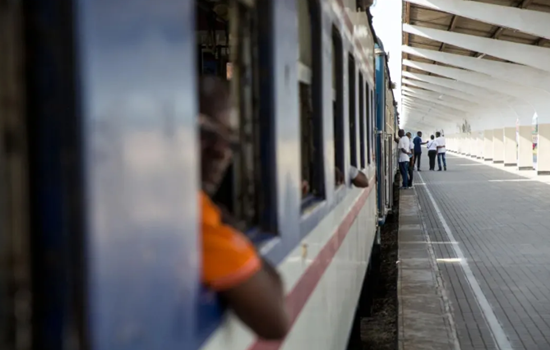
Passengers wait to board a train at the Dares Salaam station of the Tanzania-Zambia Railway on Feb 14, 2019. [Photo/Xinhua]

Follow us on WeChat
京ICP备18041594号-1
京公网安备 11010202005508号

Follow us on WeChat



